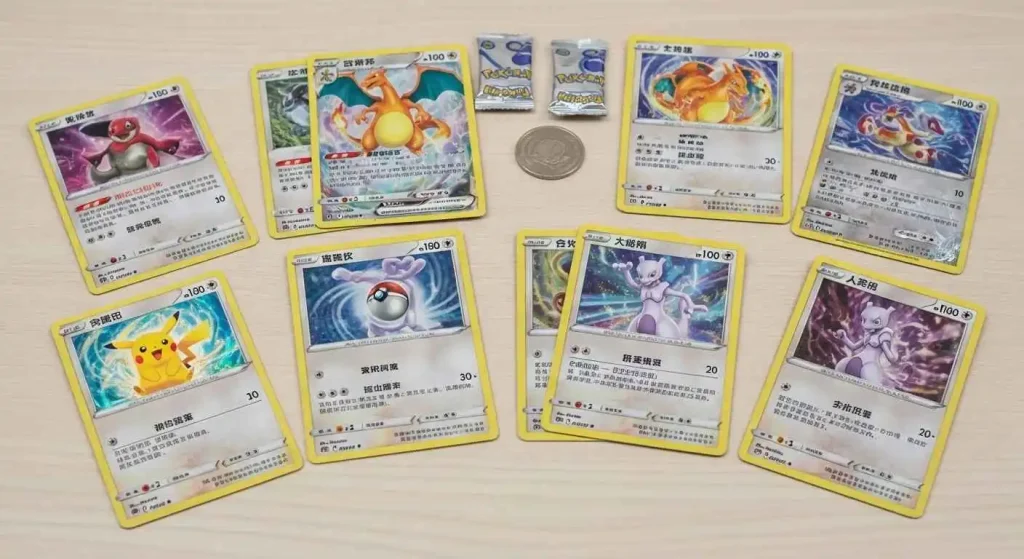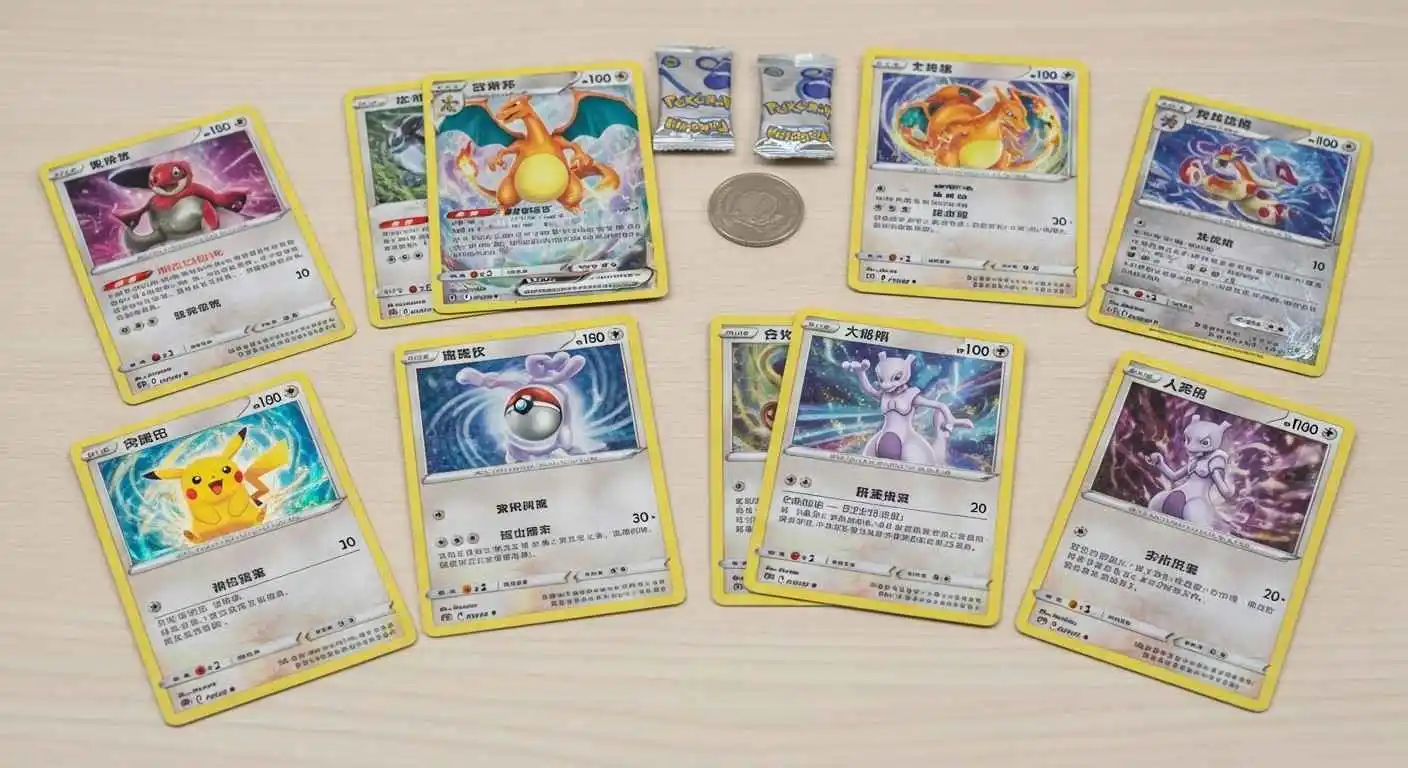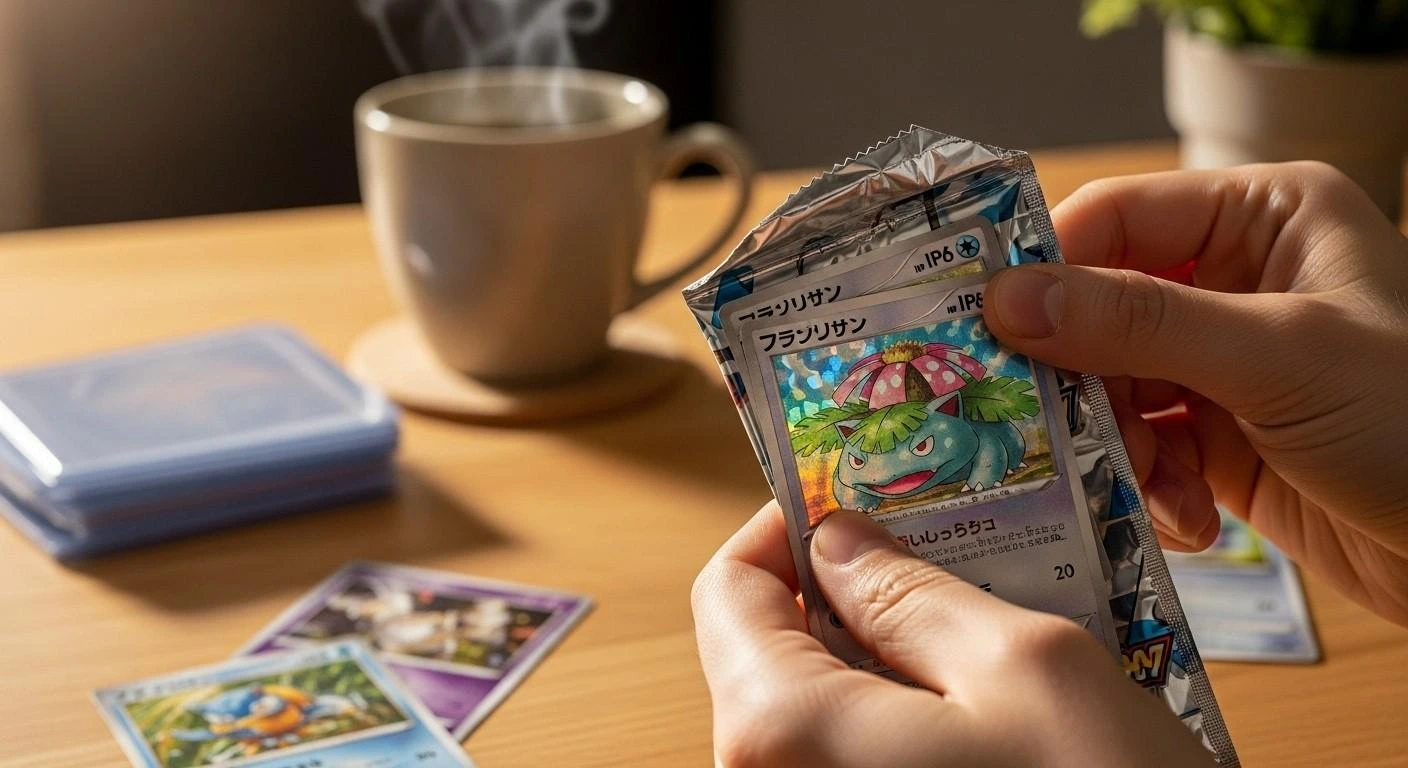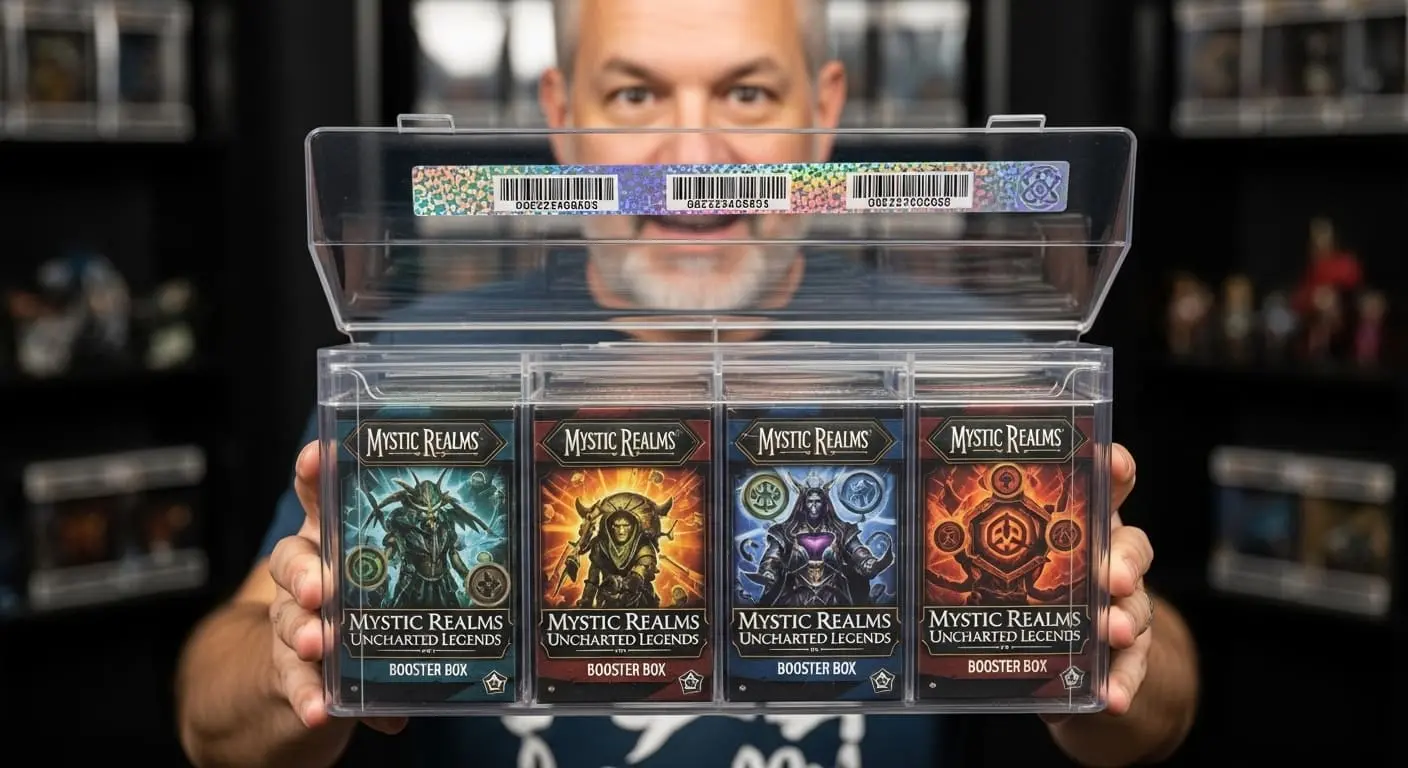If you’ve been collecting Pokemon cards for a while, you probably know the usual suspects—English cards, Japanese cards, maybe even some Korean editions. But one area that’s often overlooked? Chinese Pokemon cards.
They don’t get the same hype as Japanese cards. They don’t dominate the resale market like English ones. Yet slowly, people are starting to notice them. Some because they’re curious about Simplified vs Traditional printings, others because anniversary sets are popping up with exclusive artworks. And then there’s the whole mess of counterfeits floating around, which confuses things even more.
So I thought—why not put it all in one place? This post isn’t just about “are Chinese Pokémon cards real.” It’s about understanding the landscape: the official prints, the fakes, the values, the sets worth chasing, and whether these cards deserve a spot in your binder.

A Quick History of Chinese Pokemon Cards
Before 2019, most “Chinese Pokémon cards” you’d see were fake. Street vendors sold shiny paper-thin cards, often with ridiculous numbers (think Pikachu with 10,000 HP). They weren’t officially licensed, but they were everywhere.
That changed when The Pokémon Company started producing official sets in Simplified and Traditional Chinese. Both versions launched around 2019 with the Sun & Moon series, finally giving Chinese-speaking players real, tournament-legal decks.
- Simplified Chinese Pokemon cards (for mainland China)
- Traditional Chinese Pokemon cards (for Taiwan and Hong Kong)
Both launched around 2019 with the Sun & Moon series, finally giving Chinese-speaking players official decks. So, a quick rule of thumb: Anything pre-2019 claiming to be an official Pokémon card in Chinese? Almost always fake.
Simplified vs Traditional Chinese Pokemon Cards
Here’s where things split.
- Simplified Chinese is what you’ll find in mainland China. Text is written using simplified characters (less strokes, more modern style).
- Traditional Chinese is what you’ll find in Taiwan and Hong Kong. Characters are more complex, closer to older written Chinese.
Collectors sometimes confuse the two, but they’re distinct markets. Some sets exist in both versions, while certain promos are exclusive to just one.
Table : Simplified vs Traditional Chinese Pokémon Cards
| Feature | Simplified Chinese | Traditional Chinese |
| Region | Mainland China | Taiwan & Hong Kong |
| Writing System | Simplified script | Traditional script |
| Release Year | 2019 onward | 2019 onward |
| Market Availability | More widely printed | More niche |
| Collectability | Cheaper, easier to find | Seen as rarer by some collectors |
Are Chinese Pokémon Cards Real or Fake?
This is the biggest question I see. And honestly, both answers are true.
Real:
Official Pokémon cards have been printed in Chinese since 2019. Sets like Sun & Moon, Sword & Shield, and special promos are all legit.
If you’re curious about how official cards are actually made and the materials used, check out my breakdown of Pokémon card stock thickness.
Fake:
Counterfeits are rampant. They existed long before 2019 and still show up online today. These include weird fan-made cards (like SpongeBob or Dragon Ball characters on Pokémon cards), or knockoffs with incorrect HP and holo patterns.
These include weird fan-made cards (like SpongeBob or Dragon Ball characters on Pokémon cards), or knockoffs with incorrect HP and holo patterns.
How to Spot Fake Chinese Pokemon Cards
If you’re new to collecting, spotting a fake isn’t always easy. Here are the tells:
- Backside color looks too bright or off-tone.
- Font and spacing on names and attacks look wrong.
- Holographic shine feels like a sticker, not integrated.
- Card stock is flimsy, bends too easily.
Types of Chinese Pokemon Cards
Chinese prints come in a few main categories:
1. Standard Sets
Regular expansions like Sun & Moon and Sword & Shield printed in Simplified or Traditional Chinese.
2. Anniversary Editions
The 25th Anniversary Chinese Pokémon cards got attention worldwide. These had the 25th logo stamped, with reprints of classic cards.
3. Gem Packs
Exclusive “Gem Pack” releases only in Chinese markets. They feature unique holo treatments and chase cards not available elsewhere.
4. Promos
Special promos, sometimes tied to events or campaigns. These are limited, harder to find outside Asia.
Popular Chinese Pokémon Cards Among Collectors
Some cards rise above the rest:
- Chinese Charizard Pokémon card – Always the chase.
- Pikachu & Eeveelutions – Highly popular across all languages, Chinese included.
- Mewtwo & Mew GX in Chinese – Especially the holo versions.
- Exeggutor in Chinese – Oddball favorite, with collectors drawn to its unique translations.
Collectors also like the 151 Chinese Pokémon card lists because they cover the nostalgic Kanto era in Chinese print.
Value of Chinese Pokémon Cards
Do they hold value? Short answer: yes and no.
- High value: Anniversary promos, Charizard cards, Gem Pack chase cards.
- Low value: Most commons and uncommons from standard sets.
Because Chinese cards are newer, there isn’t decades of demand history like English or Japanese cards. Prices fluctuate more, and the resale market is smaller.
Table: Sample Chinese Pokémon Card Prices (2025)
| Card | Estimated Price (USD) |
| Charizard 25th Anniversary | $80 – $200 |
| Pikachu 5th Anniversary Promo | $25 – $60 |
| Eeveelution holo (Gem Pack) | $30 – $70 |
| Fake card (bootleg) | $0 (no value) |
Where to Buy Chinese Pokemon Cards
Your options depend on whether you want official or collectible:
- eBay – Biggest pool of sellers, but full of counterfeits. Check feedback carefully.
- TCGPlayer – Limited listings, but generally safer.
- Amazon – Risky unless it’s shipped by The Pokémon Company.
- Local shops in Asia – If you can visit, this is the most reliable way.
Investing in Chinese Pokémon Cards
Now the money question: are they good investments?
- Pros: Anniversary sets and promos could appreciate over time, especially graded copies.
- Cons: Market demand isn’t as strong as English/Japanese, so liquidity is lower.
Collectors who buy Chinese cards often do it for completion, not flipping. But if you grab the right promos, you could be sitting on a future gem.
How Chinese Pokémon Cards Compare to Japanese & English
A lot of people wonder about Chinese vs Japanese Pokémon cards. Here’s the gist:
- Print quality: Japanese usually sharper, glossier. Chinese is solid but newer.
- Demand: English has the biggest resale market, Japanese the most respected for quality, Chinese the smallest but growing.
- Exclusives: Chinese Gem Packs offer cards you won’t find elsewhere.
Collecting Checklists: Chinese Pokemon Card Lists
Here are the big lists collectors keep an eye on:
- Chinese 151 Pokémon card list – Covers original Kanto Pokémon.
- Chinese Gem Pack card lists – Popular among completionists.
- Chinese 25th Anniversary card list – Essential for milestone collectors.
- Chinese Horizons Pokémon card list – Newer expansions that brought attention.
Even if you don’t plan on collecting them all, these lists are useful for spotting which cards are actually part of official expansions.
Playing the TCG with Chinese Cards
A question I hear sometimes: Can you play tournaments with Chinese cards?
- In China/Taiwan/Hong Kong – Yes, they’re legal.
- Outside Asia – Usually not tournament legal. Players are often required to use English or Japanese editions.
That said, for kitchen-table play or casual games, nobody will care.
Why Collectors Overlook Chinese Pokémon Cards
Part of the reason these cards don’t get the same spotlight is timing. By the time China got official cards, English and Japanese markets had decades of momentum. Many collectors see Chinese cards as “new” or “niche.” But sometimes niches grow. Especially when there are exclusives you can’t find anywhere else.
Average Prices of Chinese Pokémon Cards
| Type of Card | Example | Typical Price Range | Notes |
|---|---|---|---|
| Common / Bulk | Standard commons from Horizons set | $0.05 – $0.50 | Usually no resale value, mostly for play |
| Rare Holos | Regular holo Pikachu, Eeveelutions | $1 – $5 | Easy to find, but some Pokémon are more popular |
| Promo / Anniversary Cards | 25th Anniversary Charizard, Pikachu promos | $20 – $200 | Highly collectible, value depends on condition |
| Chase Cards | Chinese 151 chase cards, alt arts | $50 – $300+ | Prices climb quickly if PSA graded |
| Fake / Bootlegs | No official set backing | $0 – worthless | Collectors avoid these completely |
Final Thoughts
Chinese Pokémon cards are kind of the underdog of the TCG world. Some people dismiss them as knockoffs. Others see them as undervalued collectibles. Personally, I think they’re fun to explore.
Yes, the fakes make things messy. Yes, the resale market isn’t huge yet. But there’s something cool about opening a pack in Simplified or Traditional Chinese, knowing you’re holding a version most collectors outside Asia never see.
And who knows—today’s overlooked cards often become tomorrow’s treasures.
Are there official Chinese Pokemon cards?
Yes. Simplified and Traditional Chinese sets started releasing in 2019.
Are Chinese Pokemon cards different?
Yes Different but only the text. Gameplay and artwork are the same.
How to spot fake Chinese 151 cards?
Look for blurry text, flimsy card stock, or wrong holo patterns.
Are Chinese Pokemon cards legal?
Yes in local regions. For global events, translations may be required.
Where to buy Chinese Pokemon cards?
Trusted sources to buy Chinese Pokemon cards like eBay, TCGPlayer, or verified Asian shops.




